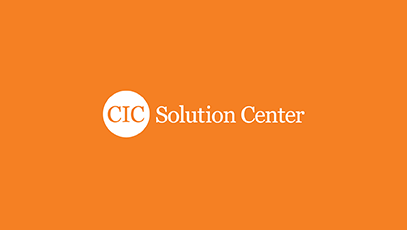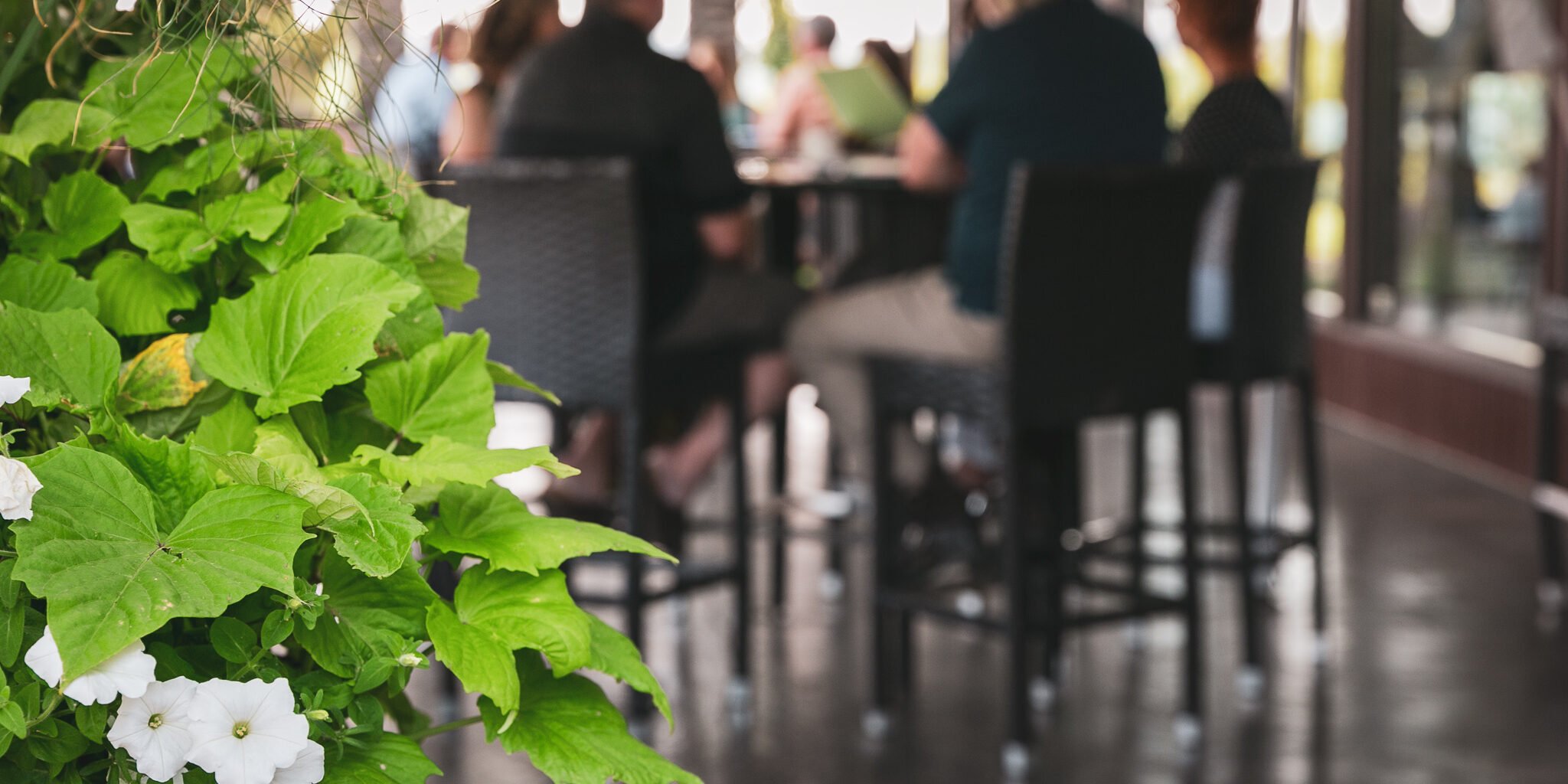Campus Spotlight: Hanover College
Building Bridges in Divisive Times
Written by Daniel Meyers, NetVUE Online Network Coordinator

Like many of us in higher education, our colleagues at Hanover College in Madison, Indiana, started noticing political divisions on campus, as well as few opportunities to be in conversation about these differences. In response, the president of the college, Lake Lambert, asked Bill Bettler, professor of communication, and Catherine Knott, Ball Family Chaplain, to design a program that might help foster such conversations. To support this program, they successfully secured a NetVUE Program Development Grant, which focused on “Building Bridges During Times of Division.” Through their journey of leading three different iterations of the workshop that the grant supported, they arrived at a key insight: when vocations call us to our local community, the bridges are easier to build.
The workshop sought to connect trustees, faculty members, staff, and students of different political perspectives. To help participants learn more about emotional intelligence, vulnerability, and compassion, workshop leaders used material from Brené Brown; in addition, they hosted campus-wide speakers and high-profile guests, all of whom had strong ties to Hanover. Participants also traveled to the nearby Wendell Berry Center, where they learned about vocation as a responsibility to a place and the people in that place. As a part of the final step in this process, they explored a wide range of global issues of concern, ultimately discussing the United Nation’s 17 Sustainable Development Goals as a non-partisan set of issues.
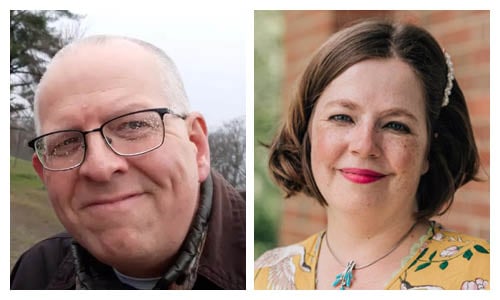
After the first year of the workshop, Bill and Catherine learned that researching global issues was the least effective part of the workshop; participants found it difficult to connect to these larger, more abstract concerns, which they saw as too distant from them. As they grappled with the lessons from the Wendell Berry Center, the workshop leaders decided to focus instead on local community partners. In the second year of the project, participants met with partners at the Bethany Legacy Foundation, a nonprofit organization focused on improving the mental, physical, and emotional health of residents in the county. They interviewed leaders at Casa Amiga Community Center to learn of this organization’s support for the Spanish-speaking population near the college. Some participants met with a Presbyterian pastor in Madison, who shared her experience as a progressive minister called to a more conservative congregation. They also visited Ivy Tech Community College, which is committed to making education affordable in the region. In all these venues, workshop participants saw community members building bridges across difference just ten minutes away from campus. As a result, Catherine and Bill observed that engagement on campus increased, learning became more nuanced, and social connections grew.
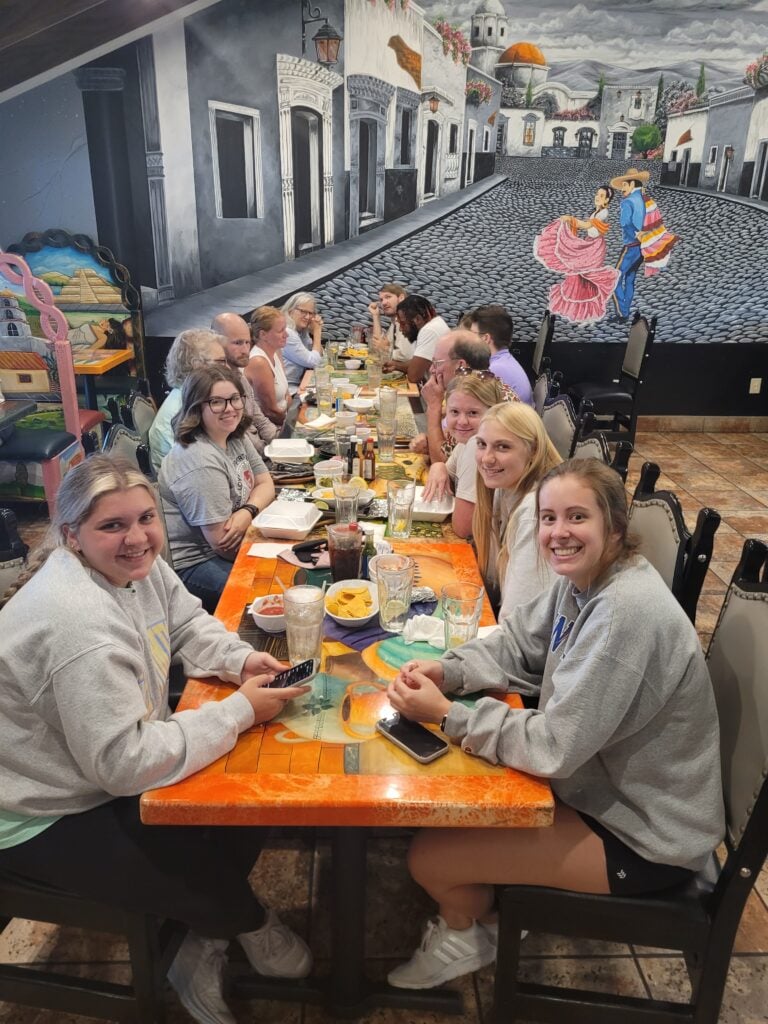
“Go, and find a place,” writes poet Gary Snyder, “and dig in and take responsibility for it.” During the visit to the Wendell Berry Center, Mary Berry called participants to attend to these words. For Catherine, they illuminate how vocation can be a resource for building bridges. By investing in a place, we see civic responsibility and engagement span the difference of opinion and experience. By taking responsibility for a specific, local place, “our common welfare becomes clear, and we all have a part to play in taking care of it,” Catherine said.
Through this experience, workshop participants gained special insight into the power of local places. Yet the original charge from the president was to create ways for those on campus to engage in conversation across their political differences. Bill and Catherine pursued this goal in two ways: First, they embraced an old college programming adage that can’t be overstated: always provide hospitality and refreshments. “At first we were apologetic about the food cost,” explained Bill, “but then we realized the food is where some of the best work took place. The meals were a key space where a lot of magic happened.” Most college programming includes food; for Bill, though, its purpose was not simply to entice people to come, but to serve as a vehicle for building bridges. Sharing a meal and breaking bread—as a resource for engaging across difference—was an “important finding” in this project. By sitting down together and listening to stories from local leaders, the project was able to meet its original goal of creating conversations across political divides.
Second, Bill and Catherine created opportunities for building bridges on campus through a workshop designed specifically for Hanover faculty members, distilling the original five-day workshop into four hours. Project leaders designed a student panel for real-time input to faculty and constructed a rubric titled “Key Standards for Inclusion and Community Building.” They offered guidelines to faculty colleagues on how to engage students in dialogue using five benchmarks on the rubric. The workshop presented scenarios of difficult conversations, and faculty members developed ways to engage students with different political perspectives, all with a rubric providing benchmarks of success. In a half day, they were able to present the major learnings from the small group to the majority of faculty.
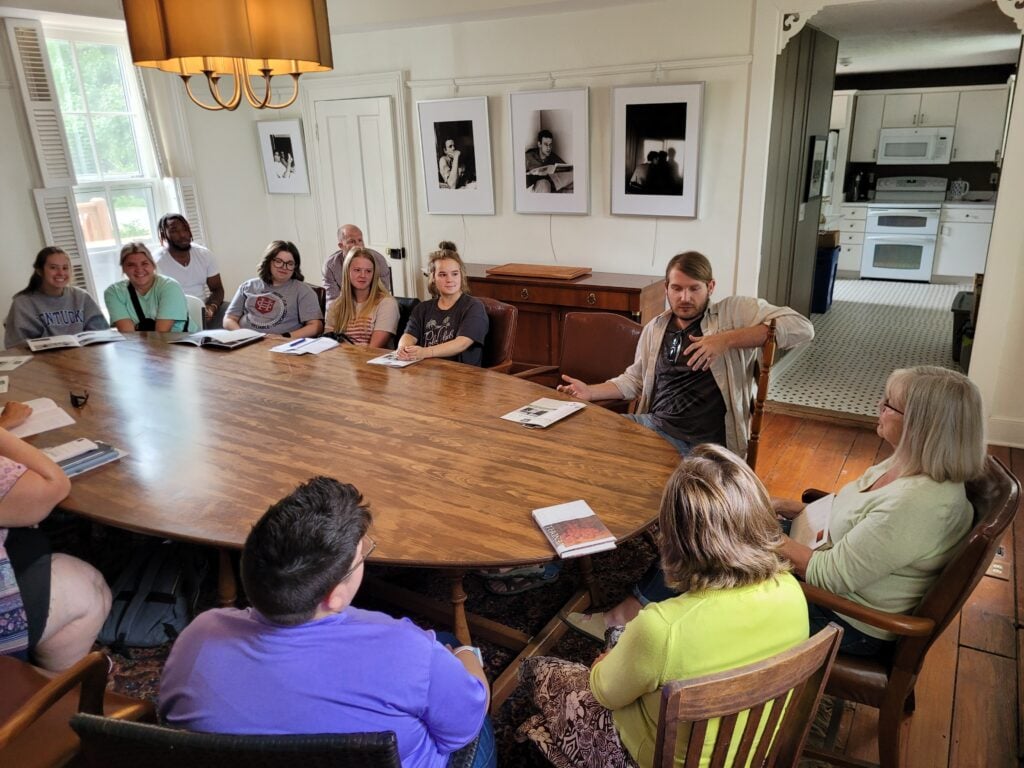
As this account suggests, colleagues at Hanover College identified a few key lessons from this challenging work. First, vocational reflection that focuses not only on “the whole world” but also more intensively on our immediate neighbors can be a resource for bridging our most challenging divides. Second, food is not only an incentive for participation, but a vehicle for building these kinds of bridges. Third, the good work of a few can be translated into a model for many.
What conversations are not taking place on your campus? And who might be found just a few minutes down the road, who may already be living out the answer? Provide some food, take a short field trip, and see how it might be possible to build your own bridges.
Back to top
